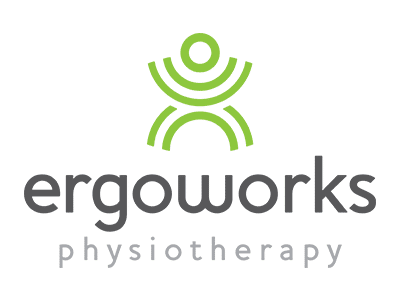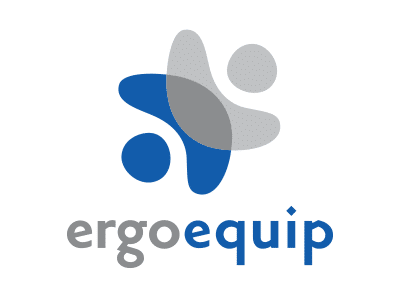Ways to Fit Exercise into Your Busy Work Schedule

More and more modern workers are complaining of a hectic lifestyle, with long hours, high turnover, increasing deadline demands with the expectation to “Deliver! Deliver! Deliver!” Employees are stretched to the limit and trying to find time to balance work with family and social commitments often has people sacrificing their health priorities in favour of fast foods and minimal exercise.
So, what’s the solution?
Make the Most of Your Most Valuable Asset… Time!
Be ruthless about prioritising your health because no one else will. Taking stock of how many items are on your “to do” list every day makes it clear that being motivated to exercise comes down to prioritising. So before putting on your trainers or signing up for a new fitness membership, take a practical look at how much time you really have in your 24 hours.
If you can’t find that hour for training, don’t put pressure on yourself; as little as 15 minutes of daily exercise can help increase your fitness. Wake up 15 minutes earlier or sacrifice one less important activity to make room for exercise.
Sedentary lifestyles and poor dietary choices have drastically impacted Australians’ health, with a staggering two-thirds (63%) of adults and one-quarter (26%) of children and adolescents being overweight or obese, according to a 2014-15 report by the Australian Institute of Health and Wellbeing (AIHW). Therefore, no matter how busy your workday, the “eat less, move more” model is up to you to help maintain your overall health.
Exercising During Your Lunch Break
If you’re a 9 to 5er – which in the modern workforce often means roughly 8.30am-6pm – you’re allocated an hour for lunch each day, so take advantage of this time slot. Unless you’re up at 4.30am and training for a half-marathon or swimming 50 laps in an Olympic-size pool every day before dawn, you can squeeze in a decent workout at lunchtime.
Take a brisk walk or jog around the streets. If you’re lucky there may be a park or foreshore nearby to make your workout more enjoyable. Another benefit of lunchtime exercise is you’ll find you’re more motivated and your head clearer for the busy afternoon ahead.
Perhaps there’s a gym nearby, or if your work is close to tennis or squash courts, ask around the office to see who’s up for a healthy hit.
Embrace Deskercise
If your job is physically demanding, you probably fit enough incidental exercise into your daily routine (it’s just up to you to eat well) but a deskbound worker can still enjoy some physical benefits. Deskercise fits into your coffee breaks and uses nothing more than your desk, chair and whatever available floor space you have.
Many responsible organisations encourage deskercise, so it can be turned into a corporate motivational activity. Talk to your boss about setting an alarm at least twice a day to ensure everyone takes a break and performs some strength, stretching and resistance-style exercises together so you don’t feel so self-conscious.
Don’t be Tied to Your Desk
Try to incorporate incidental exercise into your day, such as using the stairs instead of the lift, hopping off the bus one or two stops early and walking the rest of the way to your destination or perhaps ride your bike to work with a change of clothes in your backpack.
Any exercise is better than no exercise at all and some simple changes in your routine can make a noticeable difference in your overall health and fitness.
Sedentary Work has Serious Health Implications
One of the negative side-effects of the modern workspace is the increased use of technology. This often leads to people being at their workstations for longer periods, responding to the demand for information and updates on their progress to meet important deadlines.
The fact that many people experience so much tension in their necks and shoulders is partially due to the sedentary working style of sitting at a desk, hunching shoulders and leaning necks towards their screens. Along with applying some helpful ergonomic solutions, the simple act of standing and stretching shows you how much your lungs expand when you breathe standing straight. Breathing deeply can help you realise how tight your chest muscles have become from continued poor posture.
Sit Up Straight and Take Notice
Many responsible businesses and organisations continue to address the ‘sedentary’ issue, both in terms of educating their office-based workforces and providing solutions and practical suggestions.
If you’re suffering from poor posture and feel your overall health is declining, talk to the team at Ergoworks Consulting. They can assess your corporate situation and provide office-based solutions for both deskbound and remote workers, which ensure correct posture and help minimise your workplace’s impact on your employees’ health and wellbeing.


